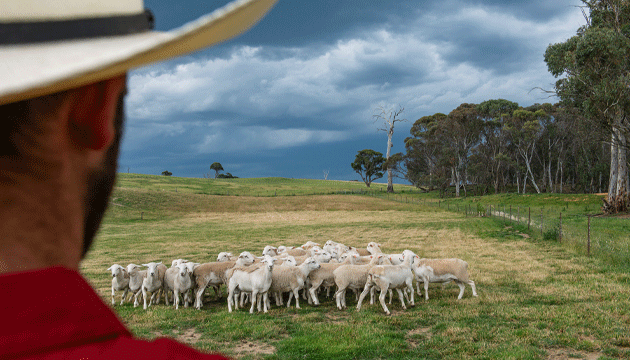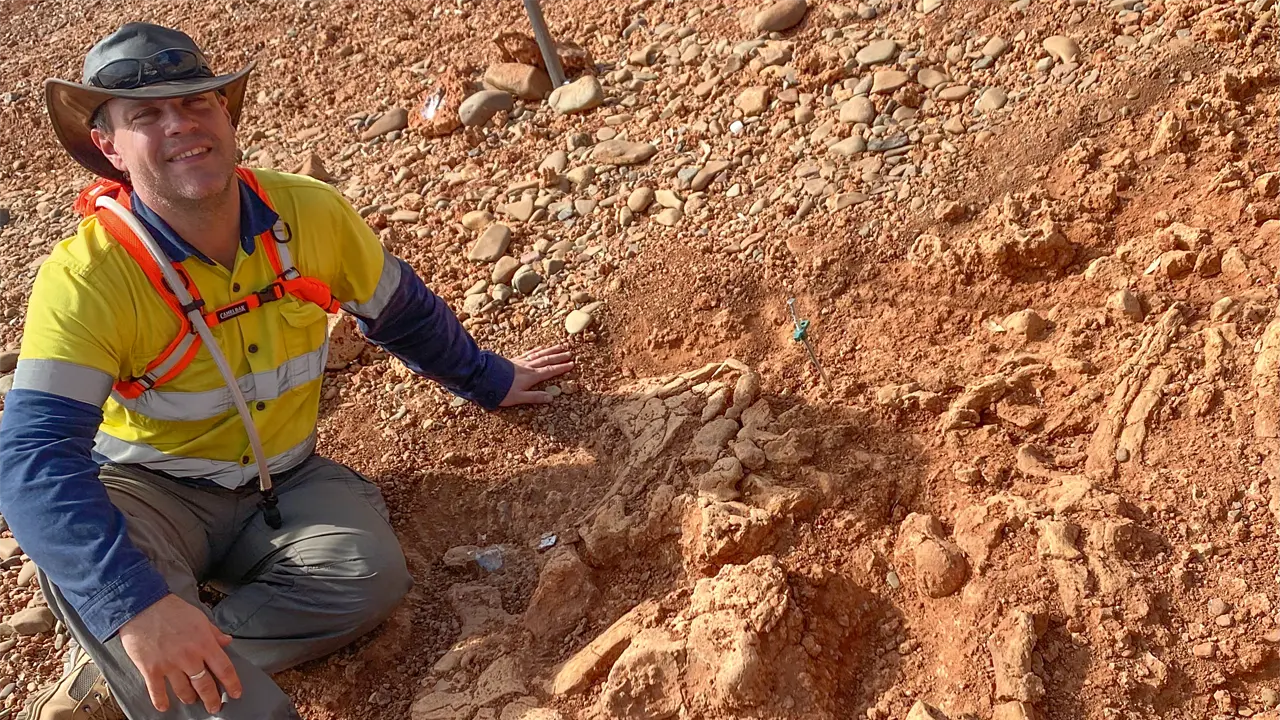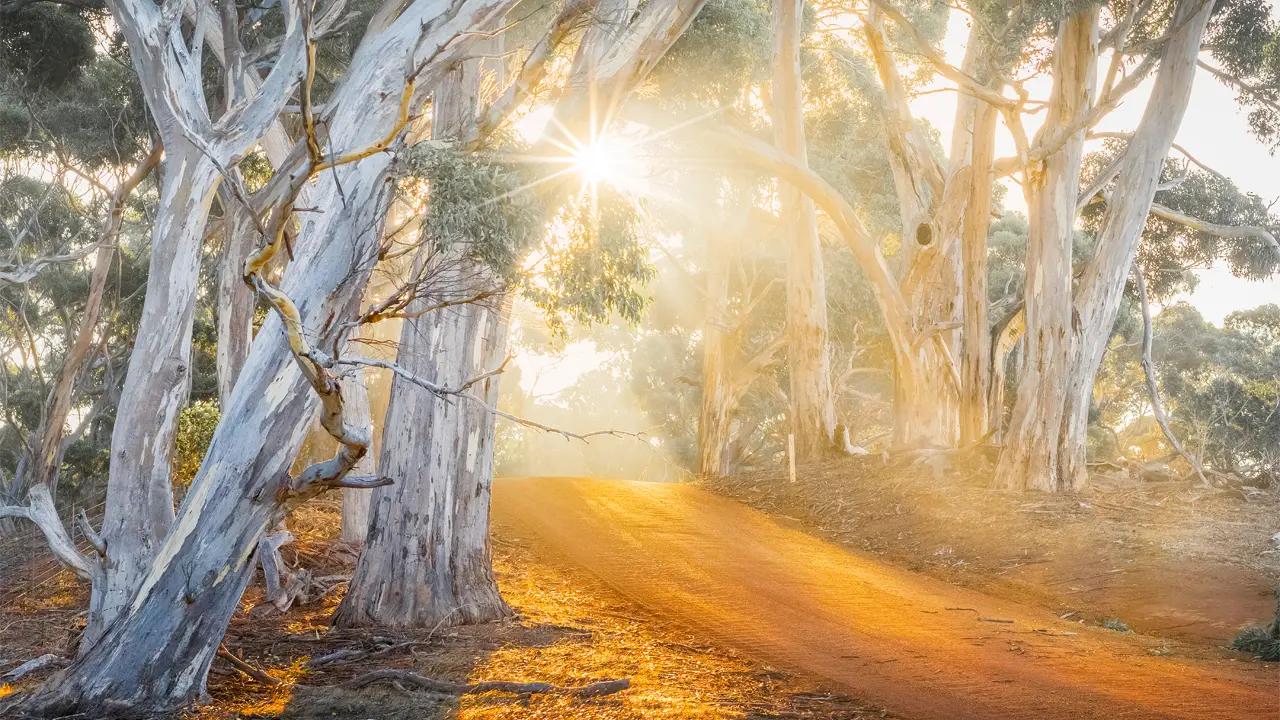Last year the multifaceted Baringa station, near Oberon, NSW, received the second-highest price ever recorded in Australia for a meat sheep.
Story + Photos Ken Eastwood
It’s minus five degrees Celsius, and heavy snow and swirling winds are blinding Brayden Gilmore. He’s driving around the hills of Baringa station in this intense blizzard looking for newborn lambs. Through the almost impenetrable veil of white he comes across a Border Leicester ewe, its lone lamb already dead at her feet. Then a white Suffolk, with a newborn standing, but its twin dead, entombed in the snow.
But then he checks on a mob of Australian whites – a relatively new meat sheep breed that his father, Ian, helped found in 2008. The whites are grouped together in a circle, the ewes protecting 18 healthy newborns in the middle. Rather than wool, the newborns have thick skin with a coating of hollow hair protecting them. “The lamb is wet on the outside, but the skin is actually dry,” Brayden says.
Created to be resilient, mobile, well-tempered and fast growing, the Australian whites are a meat-only sheep with genetics from four different breeds, but it’s particularly the South African white dorper and Van Rooy heritage – with centuries of predator-awareness – that Brayden says helps the lambs survive. “The Australian white hits the ground running,” he says. “I went out to tag some day-old lambs in the paddock one day, and I couldn’t even catch them, and I’m pretty fast.”
On the warm, mid-summer day that 27-year-old Brayden regales these stories, an ominous dark cloud rises over the undulating Baringa paddocks, bringing hail up the road, and a brief shower to add to the property’s annual 800 millimetres of rain. Sitting between 900 and 1100 metres on the western edge of the Blue Mountains, NSW, 40 minutes’ drive from Bathurst, the 530-hectare property usually receives up to a dozen snowfalls a year, three or four of them quite heavy. “We enjoy the snow because it’s so high in nitrogen,” Brayden says. “It does a lot of good for the ground, but it can be tough on the stock.”
This story excerpt is from Issue #123
Outback Magazine: February/March 2019










